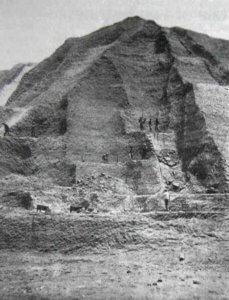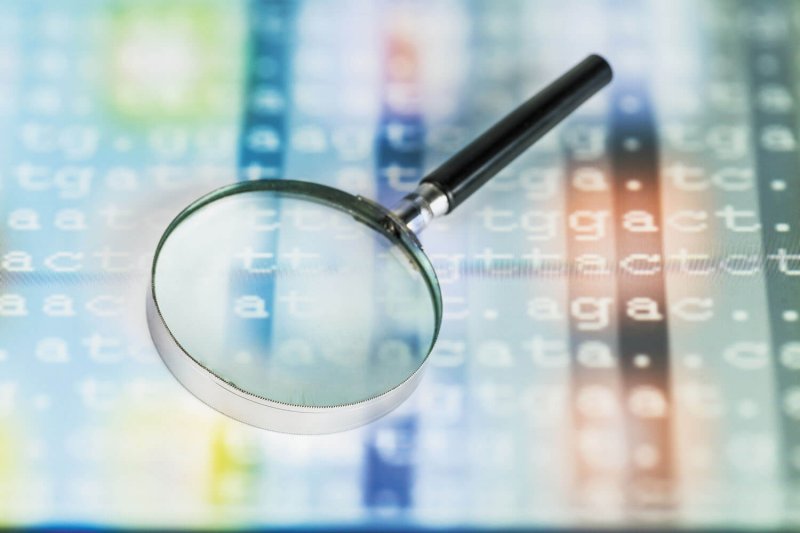These letters are the initials of the four nucleotide chemicals that make up DNA: adenine, cytosine, thymine and guanine. They are ingrained in the scientific lexicon and burned into the brain of anyone who’s ever worked with or even just learned about genes, genomes and DNA. It’s a code that’s as inseparable from genetics as the double helix itself.
But while many people know that the structure of DNA was figured out in the 1950s, far fewer people realize that the identities of these molecular letters were uncovered far earlier. In search of the origins of nucleotide names, Arney takes us from the bird poop boom of the 1840s through the heyday of atomic weapons research in the 1940s and beyond.

First we explore the guano mountains of Peru – giant hills of solidified seabird excrement which were mined for fertilizer to feed a fast-developing world. Intrigued by the nourishing properties of guano, 19th-century scientists started to investigate its chemical components. This led to German chemist Julius Unger’s discovery of guanine in 1846 – the first nucleotide molecule to be identified.
DNA itself wasn’t discovered until nearly twenty years later, when Johannes Friedrich Miescher isolated a strange sludgy substance from pus-soaked bandages obtained from a nearby clinic. He called it ‘nuclein’— a name that still lingers in the formal chemical name for DNA, deoxyribonucleic acid. However, his discovery almost went ignored as his supervisor, Felix Hoppe-Seyler, did not believe that such an inexperienced researcher could make such an important finding.
Following up on Miescher’s work, his colleague Albrecht Kossel identified cytosine, thymine and adenine as the other components of this mysterious ‘nuclein’, after purifying the chemicals from huge amounts of cow organs obtained from a nearby slaughterhouse.
The story of nucleotides doesn’t end with the discovery of A, C, T and G. Although these four ‘letters’ make up the genetic code of DNA, there’s another base – Uracil, or U – that replaces thymine in RNA, a kind of molecular photocopy that’s made when genes are read. And we also now know that DNA and RNA bases can be chemically altered to extend the genetic code in some very interesting ways. Finally, we hear how the discovery of the first modified RNA base, pesudouridine, came from a surprising source: the US atomic weapons program at Oak Ridge laboratory in Tennessee.
Full transcript, links and references available online at GeneticsUnzipped.com
Genetics Unzipped is the podcast from the UK Genetics Society, presented by award-winning science communicator and biologist Kat Arney and produced by First Create the Media. Follow Kat on Twitter @Kat_Arney, Genetics Unzipped @geneticsunzip, and the Genetics Society at @GenSocUK
Listen to Genetics Unzipped on Apple Podcasts (iTunes) Google Play, Spotify, or wherever you get your podcasts
































